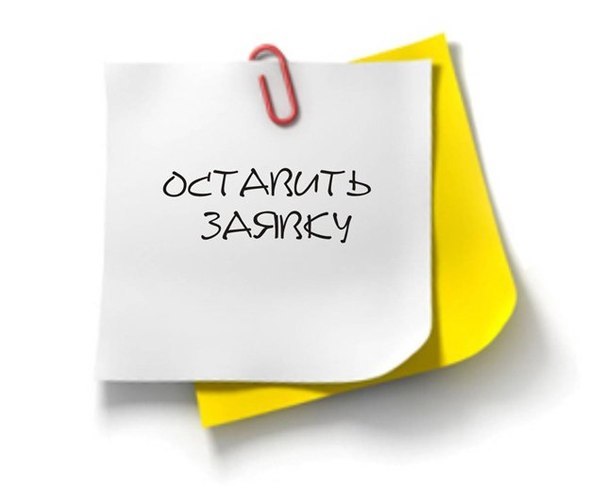Karelian villages
Karelian villages
Cozy Karelian villages — Korza and Rubcheyla
Both villages are hugged by the woods and perched on a hillock, not far from the large Lake Säämäjärvi.
When you walk along the village street, you get the feeling that time has stopped here, all residents have left, and the cute log houses remained. Yes, residents come here in summer to take a break from urban hustle and bustle. In Korza, there is a street of bathhouses: all local bathhouses are lined up and overlook the brook on the one side, and the street on the other. Not far from the road, there is a spring with miraculous water, a chapel and an old cemetery in the spruce woods. During a walking tour of the village, legends about a local sorcerer and a past life get alive, guests taste healing water from the spring,
The program features:
visiting an old Karelian house,
interactive activity visiting Karelian housekeeping ladies,
traditional Karelian games and amusements, songs and dances by local residents or residents of neighboring villages — amateur performers;
master class: cooking Karelian kalitkas, traditional Karelian pastry,
tea from the samovar
lunch
birch bark weaving — making a souvenir for keeps,
breaking a sweat in a Karelian bathhouse;
Accommodation in a Karelian house (upon request);
Ancient Karelian Vedlozero and Manga villages
Manga is a small village steeped in history, where Karelians – Livviks have lived for a long time. Its first chronicles date back to 1563. The first mention of the village is found in the book of Onega lands in 1563. Perhaps, the village survived due to its chapel of the Nativity of the Blessed Virgin built in the second half of the 18th century. In 2015, the chapel was completely restored, there is a small iconostasis, and solemn worship are held there.
In the ancient Karelian Vedlozero village, even now the local population, mainly Karelians, speak their native language. The village has a school, a nursery school, a church, and more than 1,000 residents.
The program features:
Walking tour across the village with a local tour guide,
Walking to the “holy” stone that cures diseases,
Visiting the House of the Karelian language
Karelian language master-class
Tea party with Karelian pastry
Lunch
Accommodation in a Karelian house (upon request);
Kindasovo village
Kindasovo village is the capital of Karelian humor, like Gabrovo in Bulgaria. Here crows do not croak, but laugh at the locals and their “dissonant” life. In summer, fans of jokes gather in Kindasovo for the annual humor festival. Explore Kindasovo stories, the sights of the village, and if you are lucky, its locals too.
The program features:
Fun game program with contests;
Wind-instrument play master class;
Concert of amateur bands;
Tea party with Karelian pies and 30L samovar
Kinerma village
Kinerma village is located not far from Lake Ladoga and the Blue Road international tourist route. The entire village tour takes half an hour: 17 homes, 7 bathhouses, an old cemetery and a chapel. Its first chronicles date back to 1563. There were only four houses at that time.
The Kalmykov sisters born in Kinerma established a private enterprise to welcome tourists all year round.
The restored bathhouse without a chimney hits big among tourists. The ethnic & cultural center is located in a traditional peasant hut, next to it, there is a canteen, a recreated historical barn, a traditional well, and hedges.
The program features:
Walking tour across the village;
Master class: baking traditional Karelian pies — kalitkas.
Delicious lunch from the oven;
Photo in Karelian folk apparel
Bathhouse without a chimney;
Vepsian village Sheltozero
Sheltozero village is fondled by Lake Onega. Despite its modest status, this village is the capital of the Vepsian culture. Vepsians are the indigenous small people of Karelia, according to scientists, descended from the ancient Ves tribe, which existed in pre-Christian times. According to official data, Sheltozero boasts almost 500 years of history (its first chronicles date back to 1543).
Sheltozero's key landmark is the ethnographic museum of Vepsian culture located in an old house built 200 years ago. Museum visitors are completely immersed in the authentic northern living culture. Here you can learn how to bake Karelian pies – kalitkas, listen to traditional songs of Vepsians performed by the Vepsian folk choir.
Guests will undoubtedly enjoy local hospitality. Love for a small homeland is passed on from generation to generation. Artisan crafts, Vepsian singing and dancing are carefully passed from generation to generation.
The program features:
Ethnographic museum;
Guided tour around the antique Vepsian village Sheltozero;
Visiting the Annunciation monastery of St Jonah Yashezersky;
Lunch with traditional Vepsian meals;
Crafts master-class to choose from: weaving; willow and birch bark weaving; embroidery;
knitting; making amulet dolls.
Price depends on group size.
Individual trips by car or minibus up to 5 persons with a driver and a guide-interpreter may cost $150 per group (6-8 hour tour).
Paid extra:
Museum entrance tickets — $5 per person;
Meals $5 per person – tea party; $10 per person – lunch;


